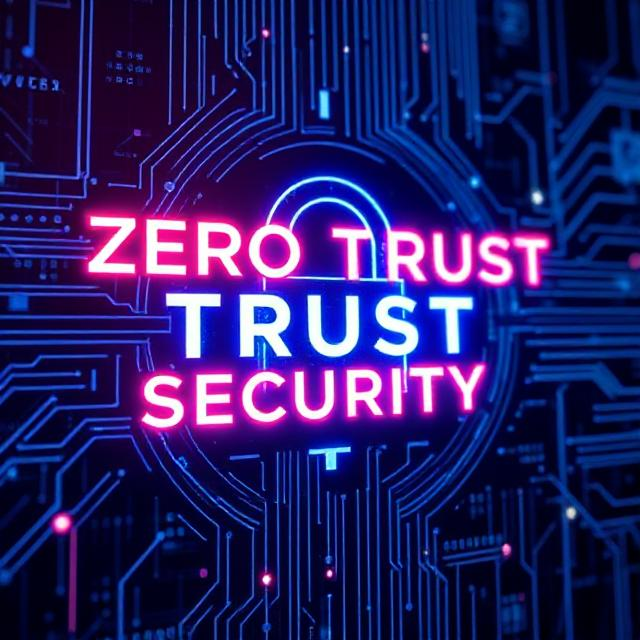Implementing Zero Trust Architecture

The traditional security model of "trust but verify" is no longer sufficient in today's complex threat landscape. Zero Trust Architecture (ZTA) has emerged as a more effective approach, based on the principle of "never trust, always verify." At Nyx Dynamics, we've been implementing Zero Trust principles across our client networks with remarkable results.
A Hidden Risk: Lessons from Our Past
A Surprising Oversight
In our early days, R&D teams often relied on their own servers or cloud environments to test and experiment with new technologies. This decentralized approach led to potential gaps in security, as these systems were not included in our core security framework.
However, we've since recognized this risk and integrated all R&D infrastructure into our enterprise security architecture. This ensures that all environments, no matter their purpose, are under the same strict security controls as the rest of the organization’s systems.
Understanding Zero Trust Architecture
Zero Trust Architecture operates on the assumption that threats exist both inside and outside traditional network boundaries. It works by verifying every access request, regardless of its origin. In a Zero Trust model, trust is never implicitly granted based on location or network perimeter—it must always be verified through continuous authentication and authorization.
Our experience with integrating R&D infrastructure into the security model highlights an important truth: Zero Trust is about consistency. Every system—whether part of the main infrastructure or used for research and development—must be treated with the same level of scrutiny.
By bringing all R&D environments under our enterprise security umbrella, we eliminate gaps that could have been exploited by attackers. This holistic approach ensures that even experimental technologies are secured, verified, and monitored.
Implementing Zero Trust: A Holistic Approach
The reality is that securing critical infrastructure doesn't stop at just implementing Zero Trust policies on your core assets. To truly achieve a comprehensive security posture, organizations must:
- Audit All Infrastructure: Begin by conducting a full audit of your entire infrastructure, including legacy, outdated, or forgotten systems that may have been left off the radar. These systems may still harbor old credentials or weak access controls that could jeopardize your security model.
- Integrate Obsolete Systems: Even if certain systems are no longer in active use, they must be brought under the same security umbrella as the rest of your network. This includes applying access controls, logging, and continuously monitoring these systems for unusual activity.
- Update and Revoke Old Credentials: Ensure that all user credentials across your entire infrastructure are periodically reviewed, updated, or revoked. Expired accounts or those no longer tied to active users should be eliminated immediately.
- Segmentation and Isolation: One of the core principles of Zero Trust is segmentation. Segregate sensitive assets, including legacy systems, into their own zones, ensuring that even if a breach occurs, it can be contained quickly.
This approach ensures that all systems, no matter their status, are continually part of a unified security strategy. Abandoned or outdated systems can’t simply be ignored—doing so opens the door for potential exploits. Every asset is a potential entry point that must be treated with the same level of scrutiny.
About the Author

James Wilson
Security Architect at Nyx Dynamics
James specializes in designing secure architectures for critical infrastructure. With over 15 years of experience in cybersecurity, he has helped numerous organizations implement Zero Trust principles in complex environments.